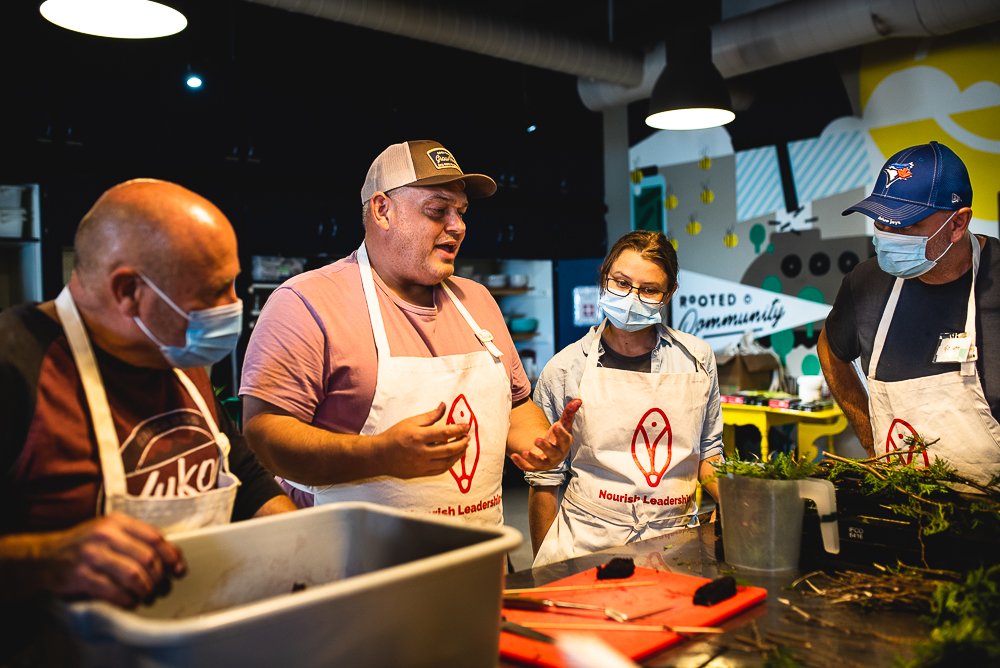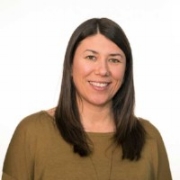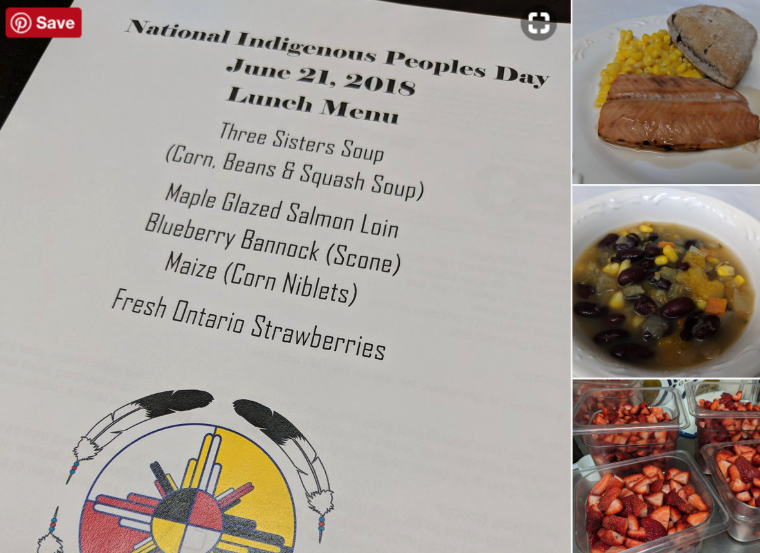In the front section of the resident garden. From left to right: Travis Durham, Wendy’s colleague/neighbour, Wendy Smith, Peter Dickey (Owner, Beekeeper– Dickey Bee Honey), Chris Wong (Partner– The Growing Connection), Sandra Wolf (Manager of Environmental Services– Grove Park Home), Hayley Lapalme, Cheryl Hsu, Robert Patterson (Founder– The Growing Connection), Vidhi Gupta
On an overcast July morning, the Nourish Toronto team drove from Toronto to Barrie to visit Grove Park Home, second home to our Nourish innovator– Travis Durham, a place where community and care come together to serve nearly 140 elderly residents. In May, the long-term care facility celebrated its 50th anniversary, and last month Travis’ Nourish work made it to the national news on CTV.
We made several stops on this tour, which was filled with activities, delicious local treats and engaging conversations with both staff and residents; the highpoints being the time we spent in the on-site resident garden and at the backyard beehive with the residents, Ila and Robert.
The resident food garden, an open, green courtyard in the centre of the complex has nearly two dozen raised planters and is a great example of accessible, spatial design. Seeing the garden, it is hard to imagine that this space had been unused and closed off to residents for fifteen years due to mobility hazards. Now it’s a favourite area for residents, guests, and staff. In front of us was a garden in full bloom, with rows of corn, tomatoes, ground cherries, basil, zucchini, sweet peppers, beets, rosemary and lettuce– all tended by residents.
For this project, Travis partnered with Robert Patterson, a farmer, whose organization– The Growing Connection specializes in innovative horticultural systems. At Grove Home, he worked with Travis to set up the food garden, starting with a dozen Caja boxes, and last fall the resident council co-chaired by by Ila Ellison, purchased an additional two dozen boxes to scale up the initiative.
Left section of the garden with the tall corn stalks and rows of vegetables and herbs
Robert has brought his Caja boxes all over the world, working with communities in the North and internationally. “When the grandmothers have taken on the change, that’s when you know it is sticking. Here at Grove Park, we start with the grandmothers,” said Robert as he walked us through the motivations, mechanics and benefits of the garden program.
The garden (also a part of the facility’s DementiAbility program) has notably enriched the lives of the residents by creating an accessible on-site green space wherein they can connect with their surroundings and each other, and also get the freshest produce on their plates. Last year, it won the AdvantAGE Ontario Innovation Award for Seniors’ Life Enrichment.
“When the grandmothers have taken on the change, that’s when you know it is sticking. Here at Grove Park, we start with the grandmothers”
Resident council Ila Ellison with beekeeper Peter Dickey examining a slab from the beehive
Later in the afternoon, we got to tour the backyard beehive with beekeeper, Peter Dickey of Dickey Bee Honey. The Grove Park bee program was started last year with the goal to have resident-supported, on-site honey production. Since then, the residents bankrolled a private-label honey program through which they have sold over 350 jars of honey, bringing in profits that have already exceeded the target set for 2019. The abundance of honey harvested has also led to a shift in the residents’ food habits to the extent that honey has replaced fruit jams on toast, and is now a permanent breakfast condiment.
Along with the support that Travis and the senior leadership team have lent to the project, the success of both the garden and beehive is underpinned by the involvement of the residents in the planning, management and maintenance of these projects. These ground-level breakthroughs at Grove Park Home are a great example of how engagement of senior leadership, resident-focused decision making and community partnerships can be leveraged to improve the quality of care, and consequently the quality of patient life in health care.




















